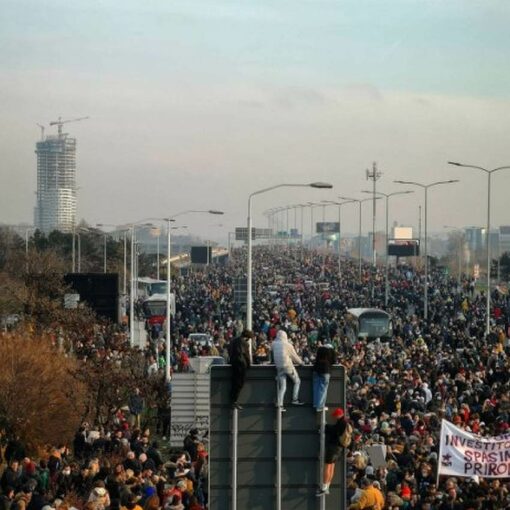Hungary, Budapest. In the early 2010s we were afraid that the Media Council would regulate the media with fines, which would have evoked a classic censorship, but it soon became clear that more attention should be paid to the transformation of ownership.
In a survey conducted by Mérték (Measure) Media Monitor from Hungary along with the Slovakian Memo98, the Czech MediaForum and the Romanian ActiveWatch the four organizations analyzed the media system looking for the answer to:
- How do government advertisements appear in the media market?
- What is the system, financing and content supply of public service media?
- How difficult is it to get information as a journalist?
- Is there evidence of the bias of media authority?
Politics use advertising spending everywhere to gain influence, but it is outstanding how much public money being sent to the market in the last ten years in Hungary. European Commission has so far only mentioned advertising spending as a market-distorting tool (as a theoretical possibility), but Hungary has shown what this is like in practice.
It is quite absurd that there are newspapers where 90 percent of the revenue comes from state advertising, or that the largest advertiser in a country is the state. The fact that a market can be eliminated in an EU member country in ten years is so without any existing example that European laws cannot really do anything with the phenomena.
In 2020, 86 percent of public advertising spending went to clearly pro-government companies, ones where even owners take it on. The remaining 14 percent was the “other category” where they cannot prove closeness to government, so that includes those who are truly independent or those who do not claim to be close to government.
The completely crushed radio market
Radio market has been rebuilt several times since 2010 according to the “visions” of current political potencies. The first Media Council was set up in 2010, then members were replaced in 2019 – all of them delegated by the governing parties. Until 2009 – when in a different system a former Media Body made decisions – there were still some text excerpts about their work, but now the activities of the board are actually not transparent at all.
Radio market is subordinated to political interests: between April 2018 and April 2021, 26 percent of 77 frequency tenders landed at Karc FM, and Radio 1 acquired 14 percent of the frequencies (the two radios strongly devote to the governing party). 16 per cent of the tenders are for those that provide frequency to stand-alone, tiny local radios, the remaining 84 per cent went to pro-government radios, and the expansion of religious radios is also visible.
Audience measurement of radios is now done by the Media Council (not by an independent market research company), but probably they do not falsify figures. In the radio market, this would not be necessary anyway, as there are not many independent radios.
There are no media oligarchs in Hungary, there is the CEPMF (Central European Press and Media Foundation)
The Central European Press and Media Foundation was founded in August, 2018. On the 28th of November, 2018. pro-government businessmen simultaneously “gifted” their press interests to the organization therefore 476 publishers of media products have fallen into a single hand.
The Hungarian Competition Authority (GVH) initiated proceedings to examine the legality of the merger, but a week later, on the 5th of December, the government issued a decree classifying the transaction as of “national strategic importance”, thus excluding the competition law investigation. The explanatory memorandum to the regulation merely states that the government has so decided in the “interest of public”. The next day, the GVH closed the proceedings.
According to outcomes of the survey, the set of problems in Slovakian, Czech and Romanian media policy is quite similar – there are apparently systemic problems in the region, for example, ownership concentration is an issue everywhere, and there are also oligarchs, but the phenomenon of CEPMF exist only in Hungary.
Propaganda could be acceptable, but only if paid by those who demand such content. In Hungary public media is overfunded and not transparent at all – loyal to the governing party, functions as a one-sided propaganda machine, excluding the opposition or critical opinions.
In such an environment the problem with CEPFM is that the pro-governmental media companies do not compete in the market, they get enormous amount of public money – regardless the number of audience – meanwhile mediums that represent critical journalism do not get funding from the state, companies do not risk to support them, so they have to base their operation on crowd-funding. This means constant uncertainty.
And how it affects journalism? Journalists elsewhere in Europe feel that their work has consequences and importance but that is quite different in Hungary, and In other European countries there is no such division between media workers who belong to government-loyal mediums and journalists who work for independent mediums.
It would be good to say now that the changes, which were brought by the new government, affected the media sector only. But not. They generated serious conflicts in economy, in public health service, in education and or in green policy. The (centrally controlled) national public media continuously promote the success of the government in every field and try to reduce the significance of those people who express their opinion and protest in demonstrations – not rarely on the streets in masses. No question why it is important for those in power to control the media and break down the protesting voices.




